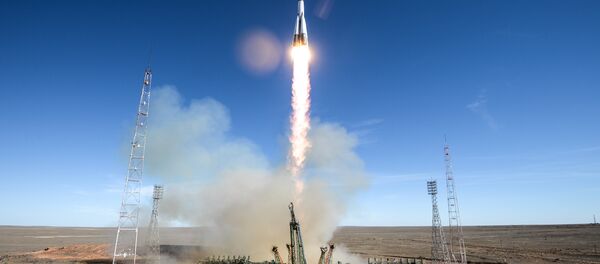An FRB, the first of which was identified in 2007 from archival footage collected by the Parkes radio dish in Australia in 2001, is a unique high-energy pulse that is said to contain an intense emission of radio light similar to that of the Sun, according to Space.com.
"We've found 20 fast radio bursts in a year, almost doubling the number detected worldwide since they were discovered in 2007," Ryan Shannon, the lead author of the study, said in a news release.
"Using the new technology of the Australia Square Kilometer Array Pathfinder (ASKAP), we've also proved that fast radio bursts are coming from the other side of the universe rather than from our own galactic neighbourhood."
The study, published on Thursday in Nature, states that researchers were able to make their grand discovery through the use of the ASKAP, which is a network of 36 radio dishes that belongs to the Commonwealth Scientific and Industrial Research Organization (CSIRO), an Australian agency responsible for scientific research.
"The telescope has a whopping field of view of 30 square degrees, 100 times larger than the full moon. And, by using the telescope's dish antennas in a radical way, with each pointing at a different part of the sky, we observed 240 square degrees all at once — about a thousand times the area of the full moon," Keith Bannister, a CSIRO engineer, said in a statement released by the agency.
"ASKAP is astoundingly good for this work."
Though researchers were able to detect one of the nearest known FRBs, FRB171020, which was detected some 425 million light-years from Earth, their findings also raised more questions about the possibility of there being two different classes of FRBs and whether the brightness and dispersion of an FRB could lead researchers to what's causing the burst.
The majority of officials are still unsure what actually causes FRBs, although theories have involved the mention of alien civilizations.
"Because we've shown that fast radio bursts come from far away, we can use them to detect all the missing matter located in the space between galaxies — which is a really exciting discovery," Jean-Pierre Macquart, a fellow researcher on the study, said.
The next challenge researchers plan to tackle is pinpointing the locations of the bursts.



